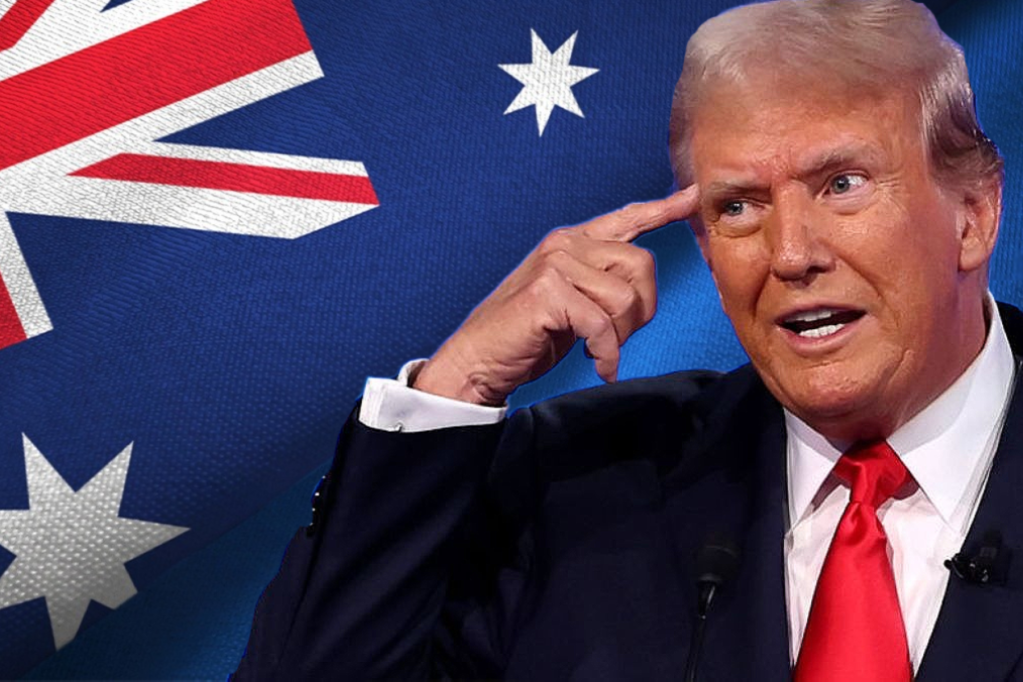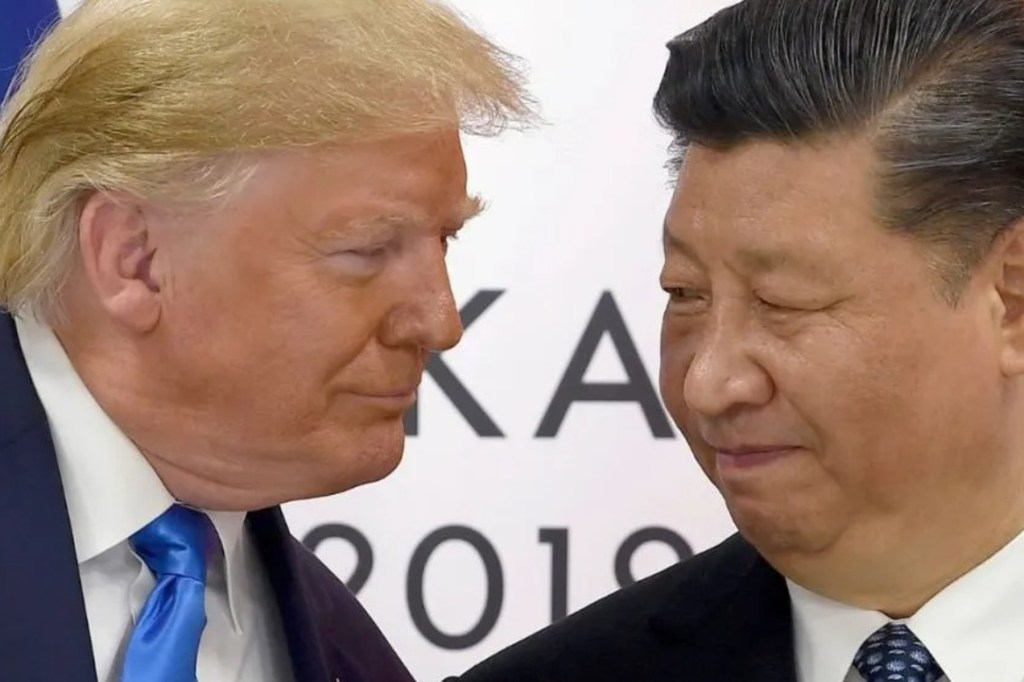What Australia must do now the postwar trading system is under siege from Trump’s America

The Trump administration’s decision to impose tariffs on all its trading partners, and at much higher rates on China, threatens the end of the post-war trading system that America led.
Having endured the horrific loss of life and destruction of World War II, 23 countries, led by America and including Australia, formed the General Agreement on Tariffs and Trade – the GATT.
Its purpose? To avoid World War III.
The GATT’s members reasoned that it was far better trading with each other than invading each other. Through freer trade, countries would become economically interdependent and mutually prosperous.
These countries had learned the lessons of the Great Depression, which was deepened and prolonged by the tariff policies of America, – the so-called Smoot-Hawley tariffs of 1930 – and retaliation by other countries.
Now the Trump administration is openly rejecting the principles and benefits of free trade, espousing instead that America will be made great again by erecting new tariff walls.
It sees two major benefits – lots of government revenue to help pay down massive government debt, and the re-shoring of manufacturing into rustbelt swing states such as Pennsylvania, Michigan and Wisconsin, which it won in the 2024 election.
But warning signs of America’s move back to protectionism have been flashing for almost a decade.
You might like
During his first presidency, Trump imposed tariffs not only on China but also on the European Union, Canada and Mexico. They were clearly in breach of the rules of the successor to the GATT – the World Trade Organisation.
Free-traders shouldn’t get too hopeful that, at the completion of his second four-year term, Trump will be followed by a pro-trade Democratic regime.
Before Trump’s election in 2016, the Democrats pledged to withdraw America from the Trans-Pacific Partnership, which they had championed for years as America’s pivot into Asia.
And when Joe Biden won the presidency in 2020, he kept the Trump tariffs against China and in 2024 increased them on some high-tech items.
America has been responsible for the demise of the WTO’s dispute-settling procedures. As the term of each judge of the Appellate Body has expired, America has vetoed the appointment of a replacement.
The terms of all seven judges have long since expired, and there is no Appellate Body.
So, while America was the hope of the side in leading the creation of the rules-based global trading system after WWII, there appears to be no hope of it resuming that role in the foreseeable future, whether its president is a Republican or a Democrat.
What, then, should Australia do?
Australia has a good reputation internationally in championing free trade.
The Hawke-Keating reforms substantially dismantled our high tariff walls and successive Coalition and Labor governments have reduced the remaining tariffs to zero or, at a maximum, 5 per cent.
Stay informed, daily
We have a free trade agreement with China, the ASEAN countries and many others. We were a leading advocate of the Trans-Pacific Partnership, and we led a push for the WTO’s trade facilitation agreement that resulted in its acceptance in 2014.
China has already seen advantage in positioning itself as a leading advocate of further trade liberalisation through the WTO. It wants to be seen as a good global citizen, especially at a time when America is behaving badly.
America and the EU object to China’s subsidisation of state-owned enterprises. Fair enough. But the WTO’s rules on subsidies are weak and difficult to enforce. And the EU and America have their own subsidies.
The US Inflation Reduction Act is an enormous subsidy program. So, too, is the US Farm Bill, which subsidises American agricultural production.
America has been one of the biggest beneficiaries of WTO membership.
Studies cited by the CATO Institute estimate that in the first 25 years following the WTO’s establishment, trade-dependent jobs in America grew more than four times as fast as American jobs generally.
Australia should continue its advocacy of free trade in all relevant forums, including the WTO and the Asia Pacific Economic Cooperation forum that it co-founded.
Within APEC, Australia should continue to support a Free Trade Area of the Asia Pacific (FTAAP).
The tricky part is that America, China and Russia are all members of APEC. It’s inconceivable that they would join hands and agree to the FTAAP proposal.
In these circumstances, Australia could lead the negotiation of a series of plurilateral initiatives within APEC to build FTAAP from the ground up.
A good start is converting its members’ centuries-old paper-based trading system to digitised trade.
At their meeting in Peru last November, all APEC economies agreed to advance Australia’s paperless trade initiative. So, there’s hope yet.
Other initiatives might include fully digitising customs clearance at airports and perhaps digitising health documentation to save time for nurses and aged-care workers to better spend on their patients.
If some APEC members don’t want to join a particular initiative, they needn’t, but they would be welcome to sign up later when they can meet the level of ambition of an agreement.
This plurilateral approach to economic integration might not be perfect, but it would keep integration moving among participating countries.
It would be a far better approach than waiting for America to re-embrace the philosophy of free trade.
Craig Emerson is executive chair of the APEC Study Centre at RMIT University and adjunct professor at Victoria University’s Centre of Policy Studies. He was Australia’s Trade Minister from 2010 to 2013 and the architect of the White Paper on Australia in the Asian Century.







